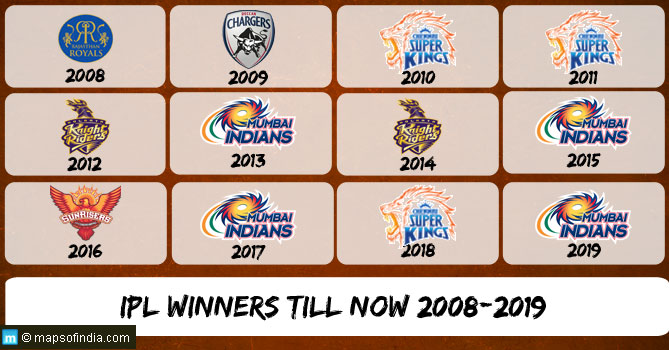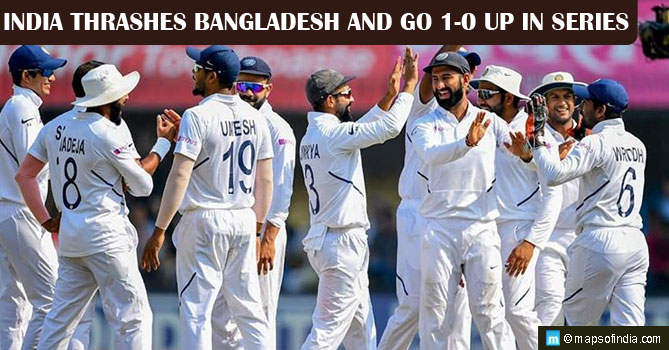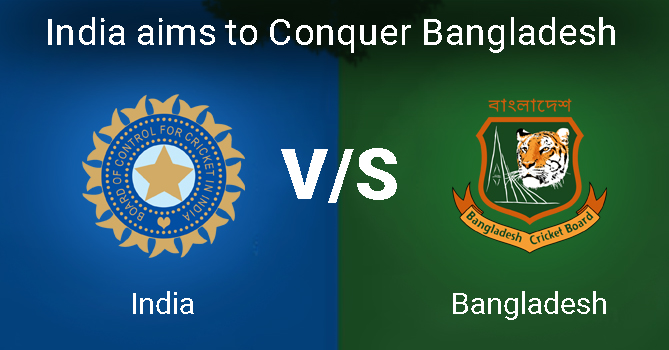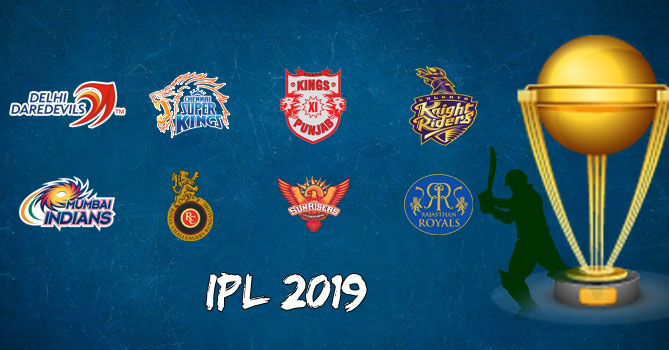There was a time in world cricket when there were fast bowlers in every team that you saw – Australia and West Indies were awash with express bowlers during the ’70s and ’80s while South Africa, due to their international isolation, were not able to show their fast bowlers on the international arena but were not to be left behind when it came to county cricket. Almost all the teams had good fast bowlers at that time. This was when test cricket was the real deal and one day cricket was an afterthought. The express bowlers seemed to be evenly distributed among teams from the ’90s onwards, with almost every team having one. The trend is continuing even now but we are seeing that after a few seasons bowlers are dropping their pace and concentrating on line, length and swing.
Don’t get me wrong – I am not one to dismiss purveyors of line, length and swing and seam as mere trundlers. What they can do over after over is an appreciable art and, more often than not is perhaps what gets people out rather than sheer pace. However, sheer pace always has its place. I shall give you an example. Yesterday night while having dinner, I was watching a test match played between Australia and West Indies in Perth. Kemar Roach, bowling at close to 150 kph, was making the batters hop and skip. When he went off his supporting seamers including Gavin Tonge and Ravi Rampaul were dealt with very easily by the batsmen in question, Brad Haddin and Marcus North.
This shows a couple of things. Firstly, a fast bowler can always keep the heat on the batsmen and help others reap the rewards. Secondly, good bowlers are needed to support a fast bowler – at least they need to be on top of their game so that the good work done by a tearaway is not undone. However, that is not the question. What is worrisome is the fact that captains are preferring control over express pace in test matches as well as one-dayers. An even greater matter of worry is that fast bowlers around the world are actually sacrificing that pace to achieve the control that always seems to elude them.
What they do not realize is that it makes them less effective with the ball. For people who are able to bowl fast, it is their main weapon. If they are not bowling fast, they will immediately become less effective. Swing bowling and seam bowling, like fast bowling, are natural abilities that can be acquired only after a couple of years. For a fast bowler trying to become a seamer, this gap can become a critical one as they may lose their place in the side even as they try to acquire the new skill.
Brett Lee used to say that when Ricky Ponting told him to tidy up, he opted to bowl straight and fast. He did not sacrifice his pace, which was his natural asset – he just got his line right. This is what young bowlers everywhere need to be taught – that do what comes naturally to you but just make sure you get your line and length right – if it’s pace, then, so be it! Otherwise, we will see many promising pace bowlers meander and try to become what they are not. The game of cricket will be poorer for it!




